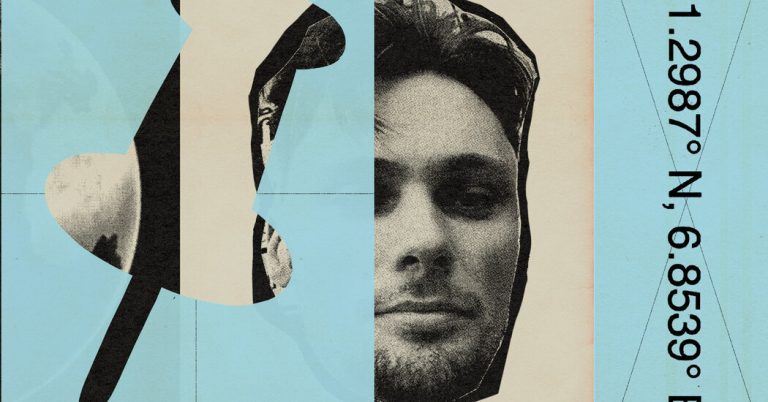Then I started watching his latest content. His real-world vlogs may be clunky, but they’re just as fascinating as his masterful geo-locations. Maybe it’s just the dim dystopia of it all: Rainbolt is a man whose experience of moving through the world is destined to be that of Google Street View. There’s a very short story by Jorge Luis Borges, “On Acactitude in Science,” about a life-size, one-to-one scale map that stretches over the area it represents — an absurd response to the fantasy of exhaustive knowledge. But this is precisely the kind of cartographic perfection that Google aspires to and that Rainbolt has devoted himself to internalizing: a map so large that it can dwarf the world it shapes.
This could have made Rainbolt a guy who lives inside a map of everything, doomed to discern reality through a vapor of data. But as I watched him shoot a basketball toward a hoop in a Portuguese court he first encountered on Street View, I realized there was another reason I didn’t want to stop watching: The map seemed to have increased Rainbolt’s attention to reality. nurturing his love for the world.
Rainbolt’s more banal moments are now served up with little tinges of surface and recognition. It turns out that touching Thai grass for the first time is infinitely more exciting if you’re obsessed with its texture and hue on your computer: It’s the excitement of a face-to-face meeting with a longtime correspondent, a first date with an old crush. Rainbolt used internet cartography to heighten the intensity of the world, blending the virtual with the real to make both more enjoyable. “Depression cannot be real if there are mountains,” he said last July, in a video announcing that he would soon reach Mount Kilimanjaro. His route: a path climbed by a Google Street View camera 10 years earlier.
On Rainbolt’s first full day outside of North America, a blue car with a camera on the roof drove past him on his way out to get lunch in Germany. The vehicle crawled through the city, gathering new data for Street View.
If you want, open Google Maps and find Hochstrasse, a street in Ratingen. Activate Street View outside Hotel Bergischer Hof. You can see Rainbolt on the sidewalk in a green hoodie, waving a plastic bag of doner kebabs. Click on the road. Now he’s running after the car, darting onto an unmistakably German crosswalk, sliding on the edge of the frame. Miraculously, unlike everyone else’s faces in the picture, Rainbolt isn’t blurry. His eyes are fixed on the camera. It was, he told me, an intense moment. What, he wondered, could be a better experience?
Tomas Weber is a writer living in London. He has written for publications such as Wired, FT Magazine, Scientific American and The Economist’s 1843.




